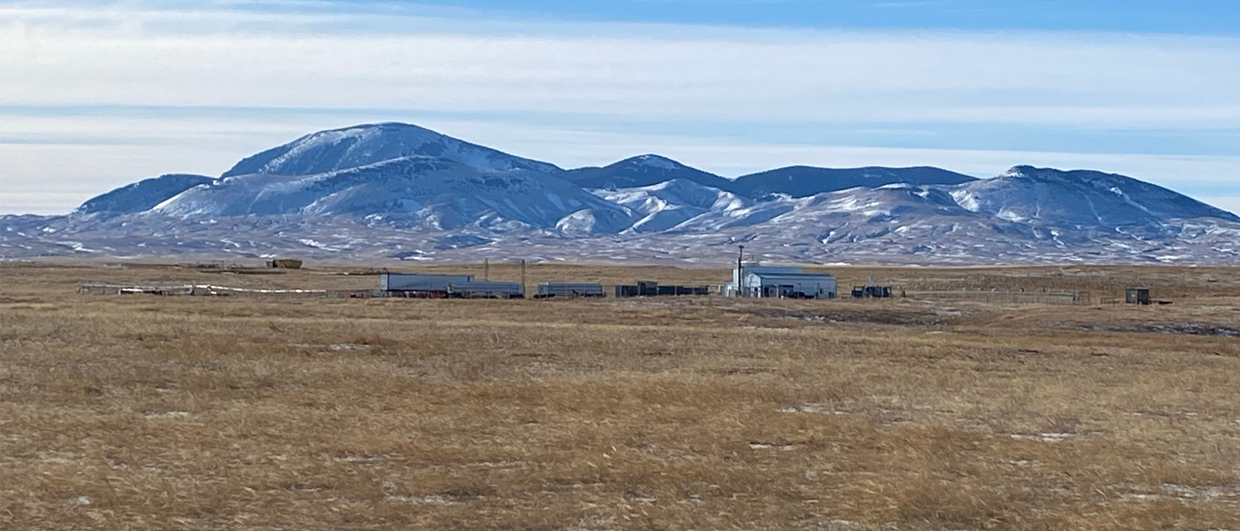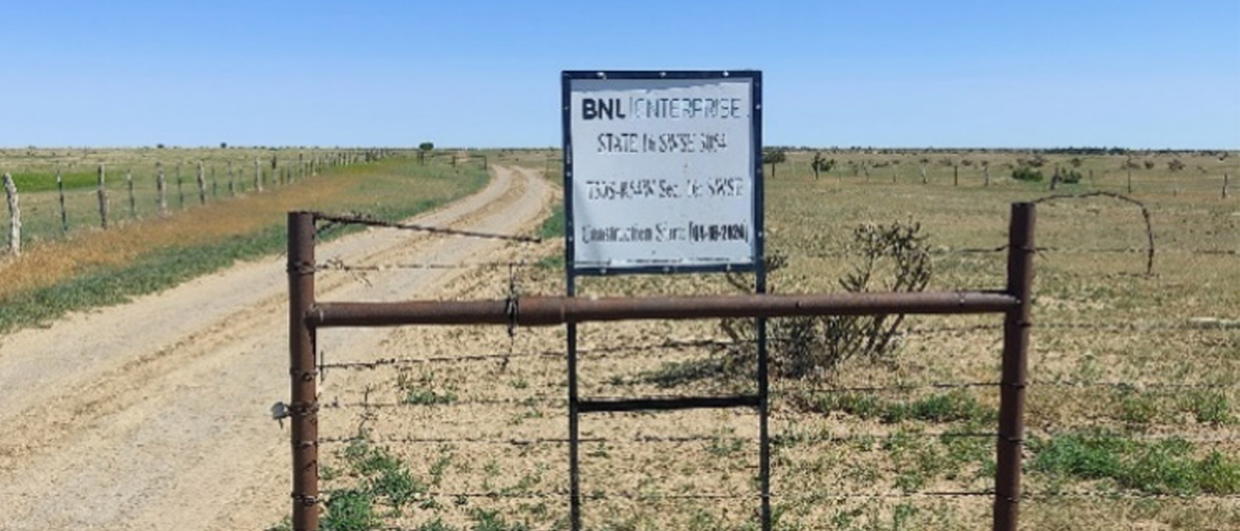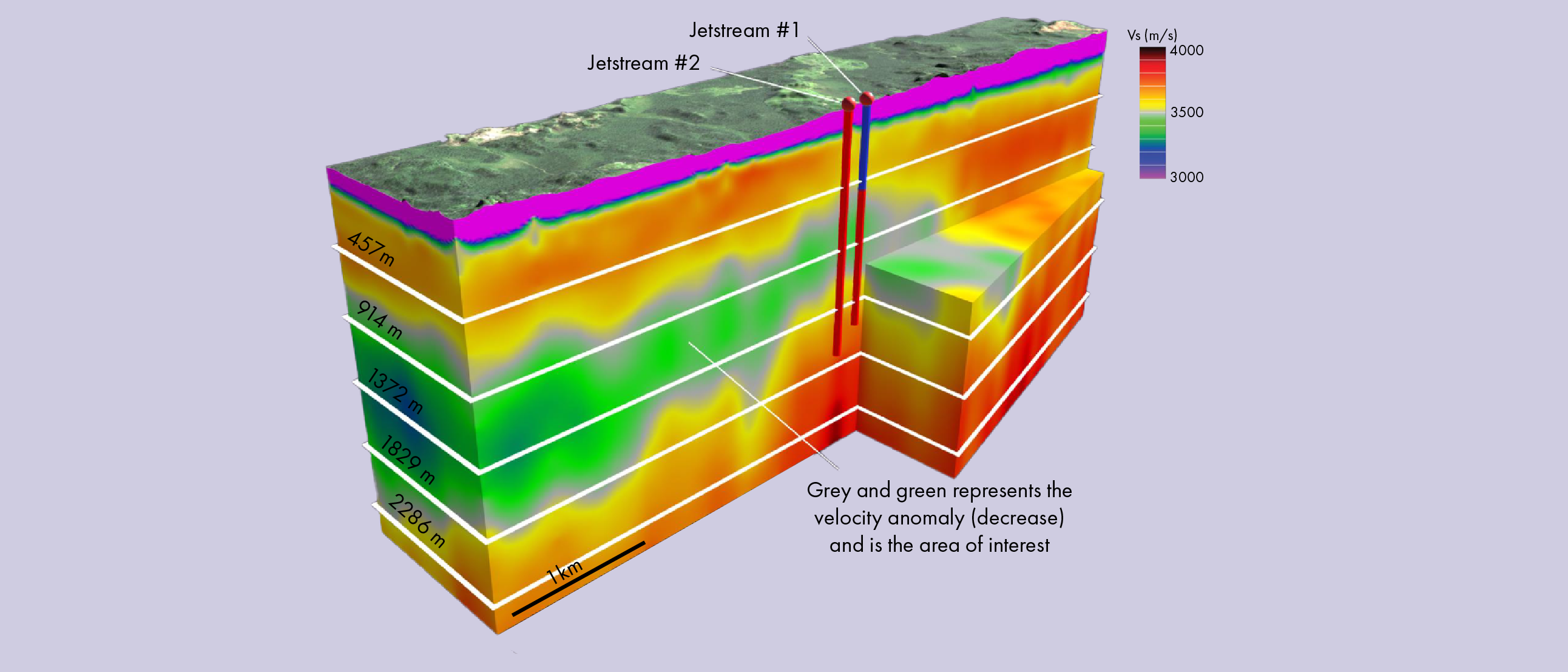Helium has two stable isotopes: Helium-4 (4He), which makes up 99.9998% of helium on Earth, and helium-3 (3He), present in absolute trace amounts. Whereas 4He forms continuously as a result of alpha particle release during radioactive decay of uranium and thorium, 3He is slowly dissipating since its formation when the Earth came into existence. Due to its extreme rarity and unique properties, the 3He price is 140,000 times higher than the already high 4He price, amounting to USD 70.8 million/MCF.
What can Helium-3 be used for?
3He can be used as a clean, efficient fuel for nuclear fusion. A 1 GW fusion plant would require up to 100 kg of 3He on an annual basis to generate clean energy with zero to minimal radioactive waste.
Where to get 3He?
Currently, the 3He available on the market is produced from tritium (3H) decay. Tritium is formed as a byproduct in nuclear reactors and aging nuclear weapons. Tritium is a highly controlled material, and its production is not scalable enough to meet rising 3He demands. Therefore, mining 3He might be an easier solution.
The largest known source of 3He is the Moon, with its soils containing 3He thanks to exposure to solar wind for billions of years. Several companies from the USA, Russia and China, are seriously looking into mining 3He from lunar regolith. However, average concentrations on the Moon are still low; 0.007g 3He per m3 of regolith.
Of course, lunar exploration is in its infancy and more prolific areas are bound to be discovered, but a decent terrestrial source that is much cheaper to mine will easily be able to compete. Hence, Gold Hydrogen had gas samples from the Ramsay prospect tested for helium isotopic composition. One sample contained a concentration of 901 ppt (part per trillion) 3He, significantly elevated compared to the 7.2 ppt 3He in atmosphere, while the other samples were more in the atmospheric range.
The 3He/4He ratios of most samples indicate that helium is generated in the felsic crystalline basement by radioactive decay of uranium and thorium. Only the most enriched samples may have a component of intrusive mantle rocks, bringing primordial 3He towards the surface. In other words, as of yet it does not look convincing that Gold Hydrogen is tapping a large 3He mantle source on the Yorke Peninsula of South Australia. However, if large volumes of helium can be produced from the Ramsay prospect, combined with the high 3He price, this could still prove to be a novel and lucrative enterprise.





